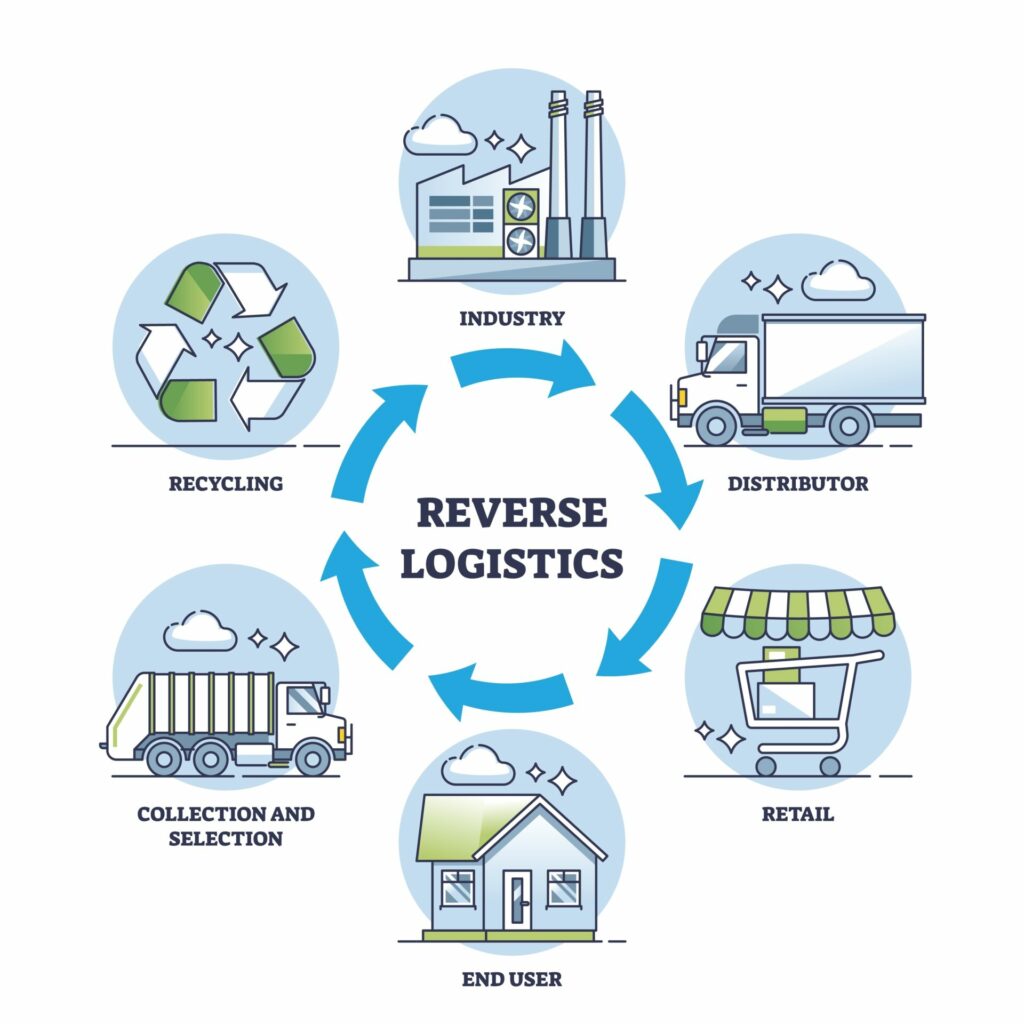Think about the last time you made a purchase online.
Maybe you started with a Google search, or perhaps you already had a store in mind. Either way, once you found the merchant, what’s one of the first things you did?
If you’re like 89% of online shoppers, you went straight to the review section.
That’s right. Studies show that nine out of ten online shoppers want to read reviews before purchasing a product.
This makes customer reviews one of the most important sales tools an ecommerce store has at their disposal.
The best part? They are simple to encourage and even easier to implement on your site.
With more consumers shopping online than ever before, there’s an abundance of customers who aren’t afraid to voice their opinions, especially digitally.
So, what does this golden age of reviews mean for ecommerce stores? Don’t worry, we have good news…
Customer reviews are certainly a positive tool for your brand (yes, even the bad ones!)

From helping an on-the-fence customer become confident enough to make a purchase to showing your brand’s willingness to communicate and improve – reviews hold the power to sway consumer opinion that even the best marketing techniques struggle to achieve.
3 ways customer reviews can help your brand
1. Build trust and boosts sales
Online shoppers want to know what they’re getting into. They want to know that your brand is legitimate, so they can make a purchase with no hesitation or fear. They want to feel confident that they’ll receive a product as advertised. They want to trust you.
The best way to build trust as an ecommerce brand? Reviews.
Did you know that 40% of consumers explore new brands based on recommendations from friends and family? While your family might not always have the scoop on the latest online fashion brands, online reviews serve in a similar way as a network of shoppers that will advise you on whether or not to make a purchase from a brand.
In addition to building trust, reviews can act as a sales tool simply by existing on your site. By encouraging feedback and reviews from your customers, you’re upping the odds a potential shopper may read them and be influenced to buy your products.
In other words, reviews are often the final push that a customer needs to commit.
2. Captures feedback
While the goal is for reviews to be ultra-positive testimonials praising your brand – we know this isn’t always the case. But not to fret, even the negative reviews provide an opportunity for improvement.
Think of it this way: if you’re getting a ton of comments about a sizing discrepancy on a certain sweater, it’ll give you the chance to act and course correct.
Perhaps your sizing chart needs to be updated for this product, or maybe a “runs small” disclaimer could prevent potential customers from ordering something that won’t fit properly.
You could even take it a step further (like the lower right “Fit” section apparel brand American Eagle has below) by implementing a true-to-size review chart where customers can easily provide their review.

3. Improves SEO ranking
Ah, SEO (Search Engine Optimization). If you’re an ecommerce brand, you’ve absolutely heard this term before.
What is SEO, exactly? It’s simply a set of best practices to improve a site’s ranking within organic search results. For online merchants, good SEO is essential to give consumers the opportunity to discover your brand.
When a consumer searches Google for a specific product or experience, the sites that appear organically are ranked in a best-fit order based on a plethora of factors ranging from site-speed to links from other pages to your site.
Customer reviews can improve your site’s SEO in a few different ways:
- Better click-through rates. The click-through rate refers the percentage of people who click on a link that they’ve been exposed to. Consumers are more likely to visit your site if there are positive reviews associated.
- Increased keywords. Reviews can be considered user-generated content, which provide relevant keywords that Google can use when including your site in specific searches.
- Decrease in bounce rates. Bounce rate is calculated when someone visits your site and doesn’t search, purchase, or click anything else before leaving. The goal is to have a lower bounce rate, which means that customers are truly exploring your site. Customer reviews are helpful with decreasing bounce rates as they make it more likely that a consumer will stay on your site for an extended period to read.
Ultimately, Google is the master when it comes to ranking. But the good thing is that Google wants to present relevant content to its users.
If there are positive customer reviews, it’s a reason for Google to rank your site higher in hopes that they’re presenting the best options to searchers.
How to get reviews for your store
Ask! It’s as simple as that.
There are so many channels of communication that a brand has with a customer, and it’s not unheard of to ask for feedback through different mediums. In fact, studies show that 70% of customers will leave a review when asked.

Depending on where the customer is in their lifecycle, it may make sense to include a CTA (call to action) in an email asking them to leave a review.
Or, if it is more in your brand style to communicate via SMS, that’s another option. It’s up for you to decide how you’d like to reach out to your loyal customers.
If you find that you’re having trouble getting customer reviews, there are additional ways to encourage them to write – like hosting a social media giveaway. For example, American Eagle asks their users to review on social media and/or their site using #AEreviewsweepsentry.
What about negative reviews?
Last but certainly not least, negative reviews aren’t the worst thing that can happen to your brand. Not only do they provide the opportunity to improve, but they’ll still count towards your SEO.
Additionally, sites with only good reviews can look fake or unauthentic, something that Google considers when ranking organic searches. Studies show that 67% of buyers prefer to see a mix of positive and negative reviews to determine whether a site is credible.
Most importantly, it’s a chance to respond in your brand voice to a customer – showing your potential customers that you’re going to give them the attention and support that they’ll want when investing in your company.




